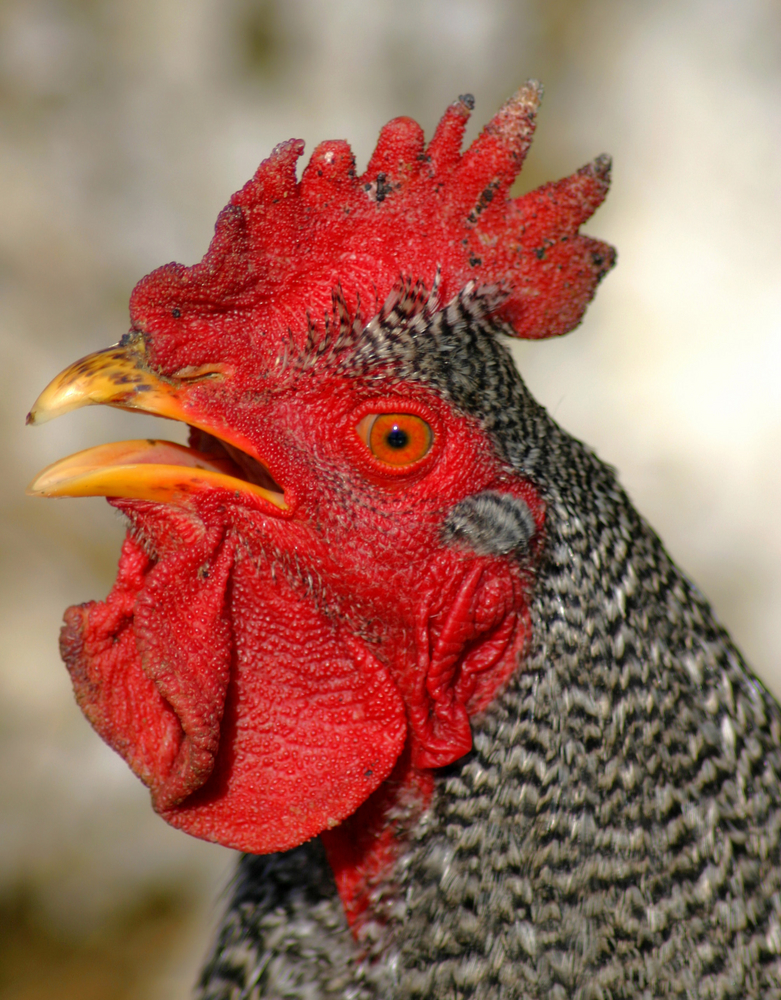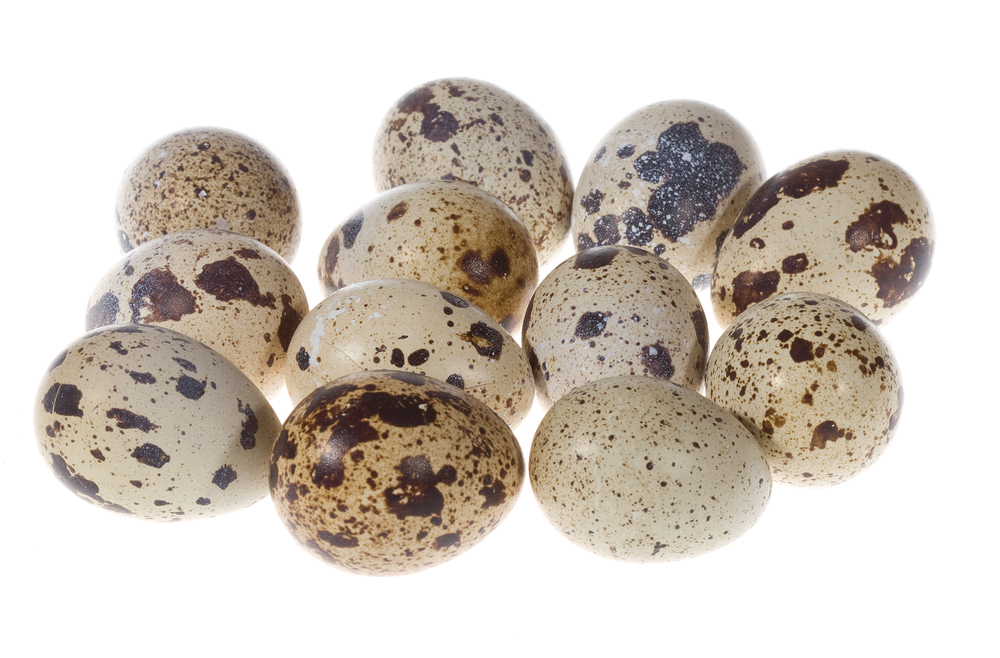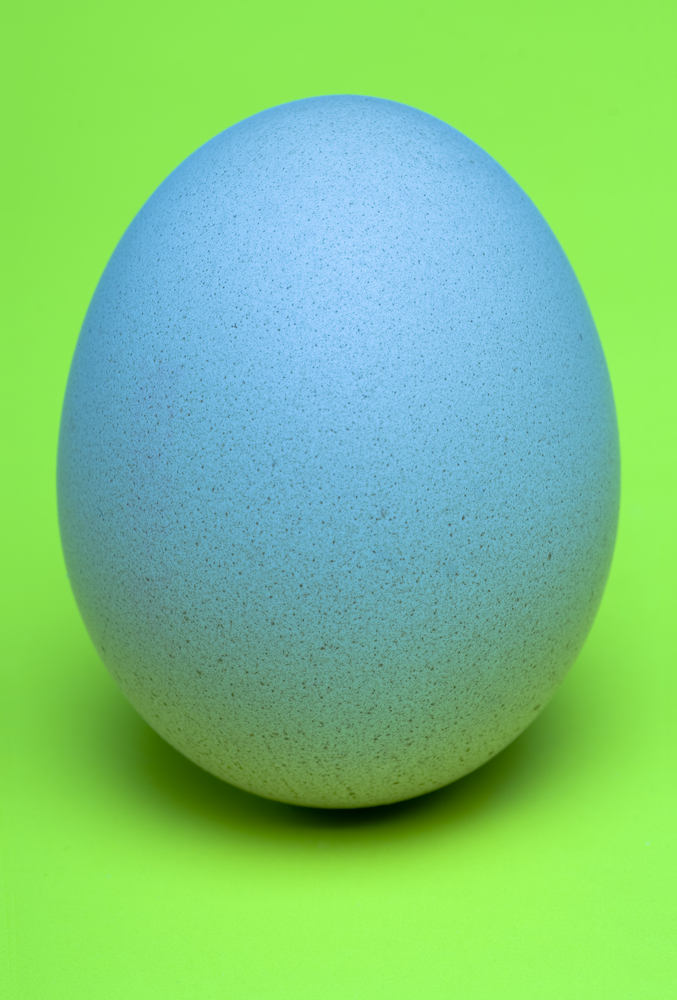Egg development
A number of triggers help to stimulate breeding condition in birds, of which perhaps the most significant is increasing light exposure. This registers initially via the pineal gland in the brain, and then affects the pituitary gland, resulting in the release of hormones. These chemical messengers are carried around the body in the blood, acting primarily on the reproductive tract, although they also have more general impact on the birds' behaviour.In the case of the hen, the resulting hormonal output acts on the ovary, triggering the swelling of ova here, which will be released to form the eggs in due course. Meanwhile, the male's testes increase in size, and other more evident changes take place. This causes cock birds to start singing repeatedly and loudly, laying claim to breeding territories and hoping to attract mates. Cockerels will crow with increasing frequency at this stage for the same reason.
Formation of the egg

The critical early stage in the successful development of the egg is when the male's sperm must unite with the ovum in the hen's reproductive tract. This has to occur before the inner shell membranes are formed around it, followed by the shell, because these structures form an impenetrable barrier, preventing the sperm from fertilising the egg.
The hen's ovary is full of masses of immature ova - far more than she will ever release in her lifetime. When she comes into breeding condition, several of these ova will swell up in size, and ultimately break away, with this process being described as ovulation.
On occasions, disaster can occur right at this initial point however, if an ovum does not pass into the the funnel-like structure at the top of the oviduct, known as the infundibulum, but slips instead into the abdominal cavity of the body. Although rare, this can create a potentially fatal infection here, which will be hard to recognise in the early stages.
The normal passage of the egg down the oviduct is a reasonably lengthy process, lasting around 30 hours. Fertilisation normally occurs right up the top of the tract in the infundibulum, after which the ovum moves down into the magnum, where it joins with the egg white or albumen.
This process takes about three hours, before the barrier created by the rubbery shell membranes around the developing egg is formed in the isthmus. After a further hour or so, the muscular walls of the oviduct then force the egg along into the part of the tract called the shell gland or uterus.
It is no coincidence that hens coming into laying condition are keen to seek out cuttlefish bone and other sources of calcium, because this is required for the shell. Within the body, the major reserve of calcium is present in the skeleton, and in spite of its rigid appearance, the bones may also be partly broken down for this purpose too, with the calcium being carried in the blood to the shell gland. The formation of the shell here takes about a day.
The colour of the shell

It is not just the shell which is added here, but also in some cases, colour pigments which will affect the appearance of the egg. Generally, birds which lay their eggs in tree hollows and similar locations produce white eggs, whereas those which nest in the open, such as canaries, have coloured or spotted eggs, which provide them with camouflage.
Ground-nesting waders produce some of the most remarkably-coloured eggs, which are quite indistinguishable from their background. This makes them hard for predators to locate, even if the sitting bird is driven off the nest. The markings are not standardised, but randomly distributed over the surface of the shell. Quails too produce blotched eggs, nesting in the open. This again provides disruptive camouflage, helping to break up the outline of the eggs.
Blue eggs

Domestication has affected the colour of chickens' eggs, which can vary from white through shades of cream to brown. There are even blue eggs, laid by the Aracuana breed which was developed in Chile. The colour of the hen's feathering is not linked in any way to that of its eggs, but rather, particular breeds lay eggs of a specific colour.